20 April 1778 Monday
Vases, Candelabra, Grave Stones, Sarcophagi. Tripods, Lamps and Ancient Ornaments volume II
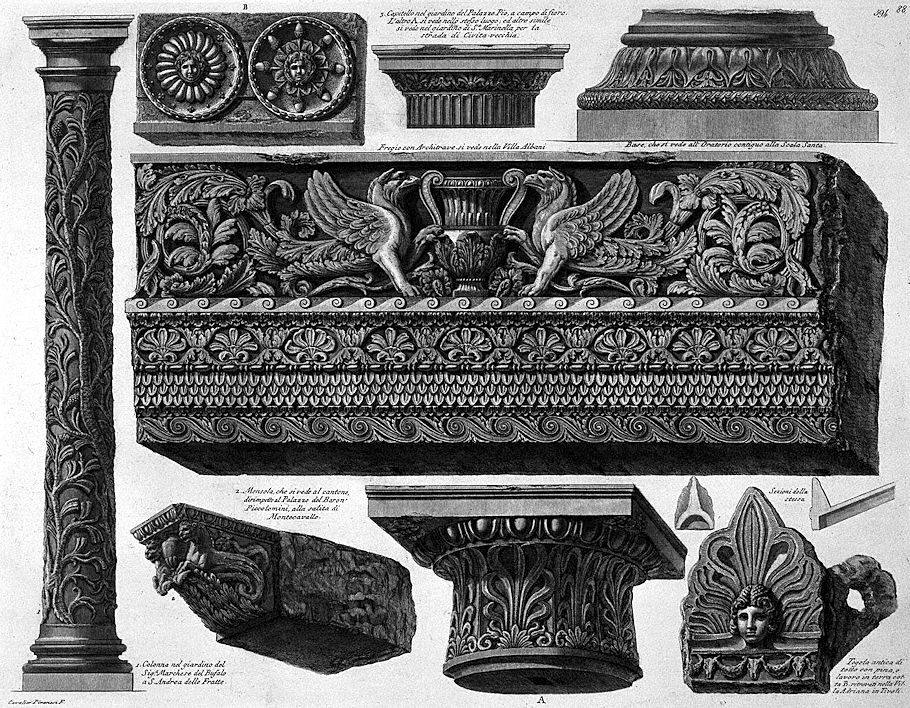
1. Column in the garden of the Marchese del Bufalo at S. Andrea delle Fratte.
2. Mensola, which can be seen in the corner, opposite the Palazzo del Baron' Piccolomini, on the slope of Montecavallo.
3. Capital in the garden of the Palazzo Pio, in a flower field. The other A. can be seen in the same place; and another similar one can be seen in the garden of S.a Marinella on the road to Civitavecchia.
Frieze with architrave can be seen in the Villa Albani
Base, which can be seen in the Oratory contiguous to the Scala Santa.
Ancient roof tile with pina, and terra cotta work B. found in Villa Adriana in Tivoli.
Section of the same.
Cavalier Piranesi F.
22-23 y.o. Francesco Piranesi 1781
Collezione delle piu belle statue di Roma
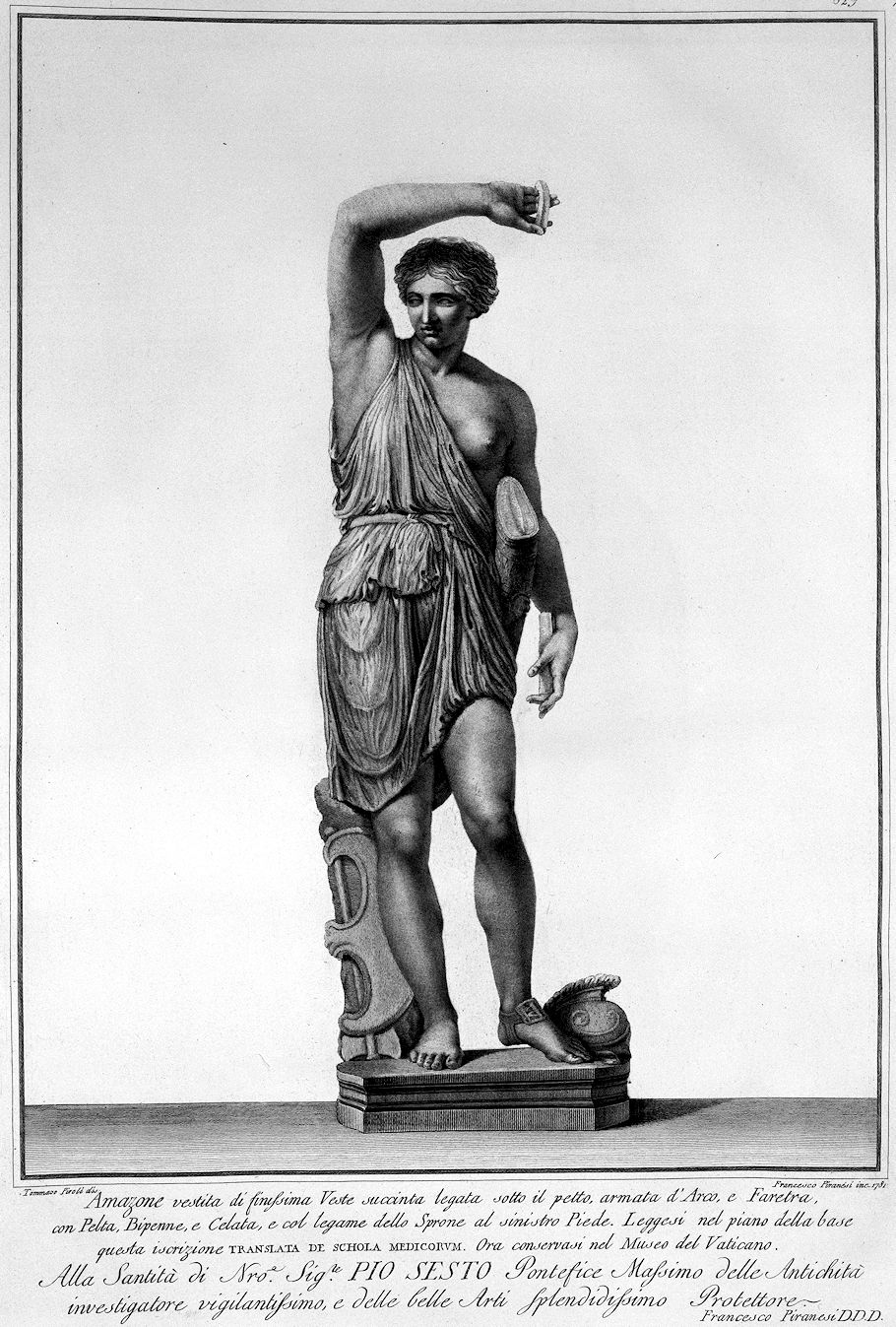
Amazone dressed in a very fine, succinct dress tied under the chest, armed with a bow and quiver, with a pelta, bipenne, and sallet, and with the binding of the spur to her left foot. This inscription TRANSLATA DE SCHOLA MEDICORVM can be read on the plane of the base. Now kept in the Vatican Museum.
To the Holiness of Nro. ~ Sig.re PIO SIXTO Pontifex Maximus of Antiquities most vigilant investigator, and most splendid Protector of the fine Arts.
Francesco Piranesi D.D.D.
Tommaso Piroli drawn Francesco Piranesi engraved 1781.
20 April 1812 Monday

Morning clear, cool, wind NW. Temperature 53° rose none thru the day.
Yearly Meeting opened; we dined at SL's, took tea at S. Smitter's[?] and spent an hour at JL Fisher's.
Meeting twice.
20 April 1815
Benjamin Henry Latrobe reappointed as architect of the Capitol building at Washington D.C.
20 April 2004
surely touched by Eva Stotesbury...

20 April 2008
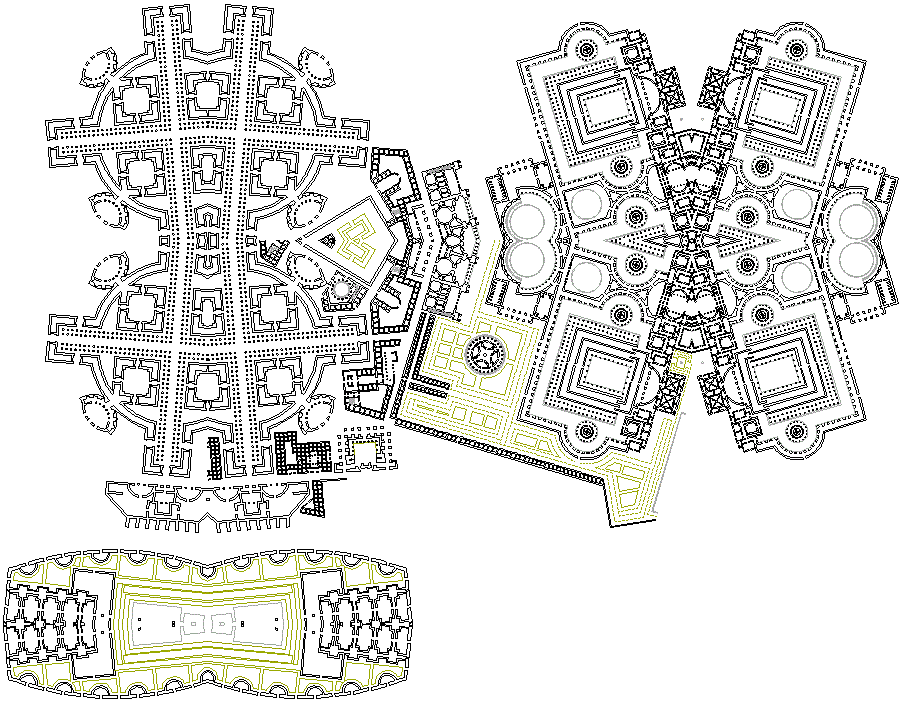
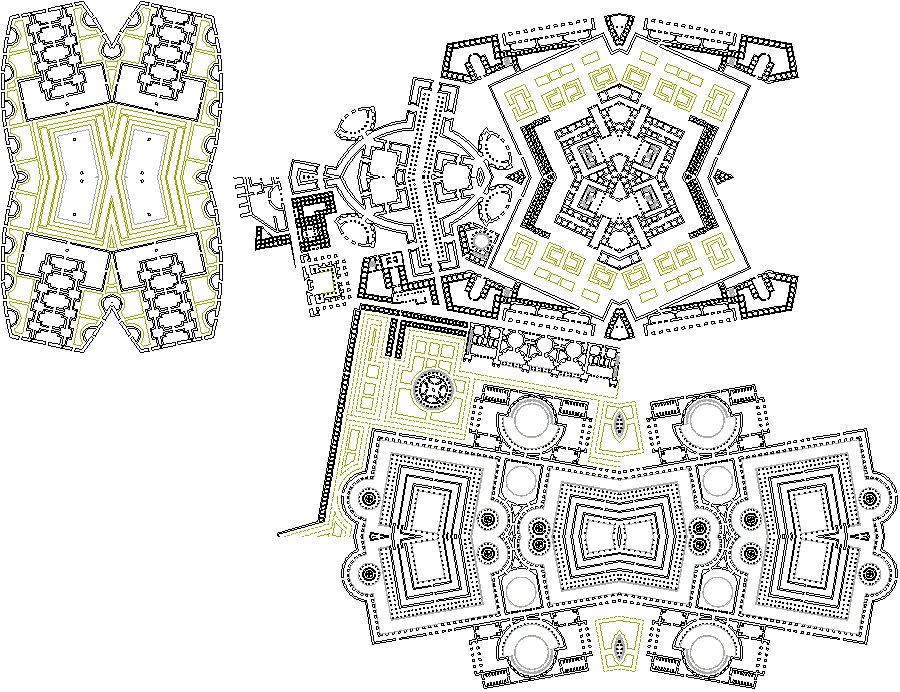
20 April 2015
from "The Idea of Time in the Work of James Joyce"
"If time remains external to Proust, if he gives it an existence apart, isolated from his characters, for Joyce, on the
contrary, it remains the inseparable factor, the primary element at the base of his work.
This is why he creates his own time, as he creates his vocabulary and his characters. He soon elaborates what he
receives from reality by a mysterious chemistry into new elements bearing the marks of this personality. But even as
he metamorphoses the countryside, the streets of Dublin, the beach, the monuments, he mixes all this into what appears to us at first sight as a chaos. This chaos is the condition necessary to all creation. The cards are shuffled to begin a new game and all the elements of a universe are mingled before a new world is made, in order that new forms may be given birth. A total refutation of man and his milieu, a rejection of combinations already used, a need of fine new instruments. Joyce dashes the scenes of the world down pell-mell to find an unhackneyed meaning and a law that is not outdated in the arrangement he is afterward to give them. To do this it is fitting that he should at the outset break through the too-narrow restraints of time and space; he must have an individual conception of these dimensions and adopt them to the necessities of his creation. In Ulysses, and still more in Work in Progress [ultimately Finnegans Wake], we seem to be present at the birth of a world. In this apparent chaos we are conscious of a creative purpose, constructive and architectural, which has razed every conventional dimension, concept and vocabulary, and selected from their scattered material the elements of a new structure. Joyce has created his language, either by writing words phonetically--and Heaven knows such a method is enough to discipline English--or by introducing foreign words and dialect forms, or finally by the wholesale manufacture of words which he requires and which are not to be had at second hand. And it is all done with an unprecedented. creative power, with an almost unique fertility of imagination, inexhaustibly reinforced by the incredible extent of his culture. In the field of verbal richness Joyce has annexed the seemingly impregnable position of Rabelais; but whereas in Rabelais, form was under no direction other than that of an amused fantasy, in Joyce it is the handmaid of a philosophy. Work in Progress seems to be based on the historical theory of Vico--an actual recreation of the world its ideas and its forms.
Mr. Elliot Paul well demonstrated recently how Joyce in his composition of Work in Progress revealed an entirely individual conception of time and space.
Marcel Brion, "The Idea of Time in the Work of James Joyce" in Our Exagmination Round His Factification for Incamination of Work in Progress (1929), pp. 28-30.
It is somewhat surprising that Jennifer Bloomer, in Architecture and the Text: The (S)crypys of Joyce and Piranesi, does not relate Joyce's "idea of time" to Piranesi's delineation of the Ichnographia Campus Martius, especially since she already acknowledges Becket's "Dante... Bruno. Vico.. Joyce" which is another text within Our Exagmination Round His Factification for Incamination of Work in Progress. In any case, Brion's description (above) of Joyce's "idea of time" also describes, in many similar ways, how Piranesi seems to have composed the Ichnographia.
20 April 2023 Thursday
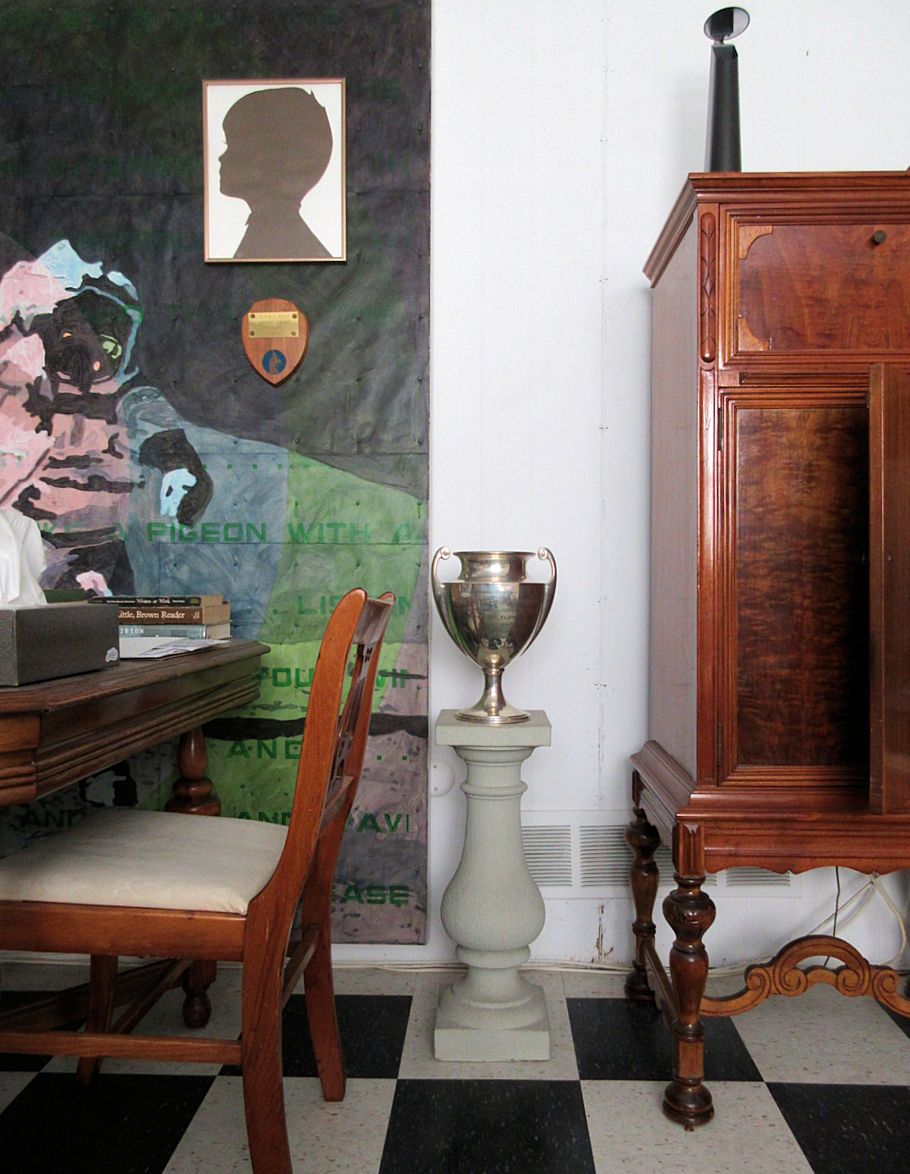
|